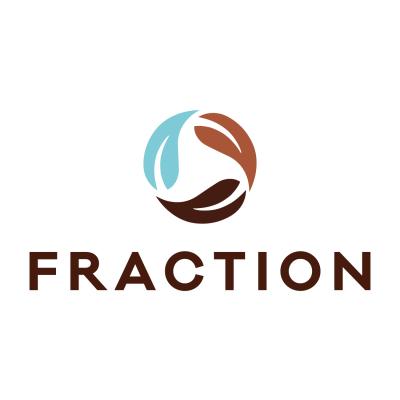
FRACTION
Novel lignocellulose fractionation process for high purity lignin, hemicellulose and cellulose valorisation into added value products

Novel lignocellulose fractionation process for high purity lignin, hemicellulose and cellulose valorisation into added value products
The EU’s drive towards a circular economy has seen increasing numbers of biorefineries established in Europe. As a result of the EU’s bioeconomy, these will continue to rise; however, in future the focus will be on so-called ‘second-generation’ refineries, which target lignocellulosic feedstocks from non-edible and non-energy crops, as well as biowaste, to produce biofuels for electricity, heat, as well as bio-based polymers and chemicals. However, lignocellulosic feedstocks pose particular challenges to process. The required pre-treatments for the feedstock make biorefineries difficult to run economically; this is compounded by different feedstocks requiring different processes. If future lignocellulosic biorefineries want to remain competitive, they will need to be adaptable and capable of optimising production to a wide and changing range of feedstocks, demand and economic conditions.
The FRACTION project will pioneer a new second-generation biorefinery approach. This is designed to maximise the purity and quality of lignin and hemicellulose side streams to allow them to be used in high added-value products, while keeping high quality cellulose as main targeted product. This relies on novel organosolv fractionation process based on ɣ-valerolactone (GVL) and water followed by downstream processing and purification technologies.
The added value of this process arises from the performance of the GVL-based approach, which solves many of the existing challenges. It allows for continuous biomass feeding, high biomass loading and low degradation of all three streams – cellulose, hemicellulose and lignin. In addition, the GVL is recoverable and recyclable. This technology should help ready second-generation biorefineries for the future.
The overarching objective of the FRACTION project is to increase the performance of second-generation biorefineries, improving their economics and flexibility in dealing with lignocellulose feedstocks. Within this, it will pursue a number of specific objectives.
The FRACTION project is aiming to deliver a number of impacts that will contribute to the wider goals of the BBI JU. These will include: